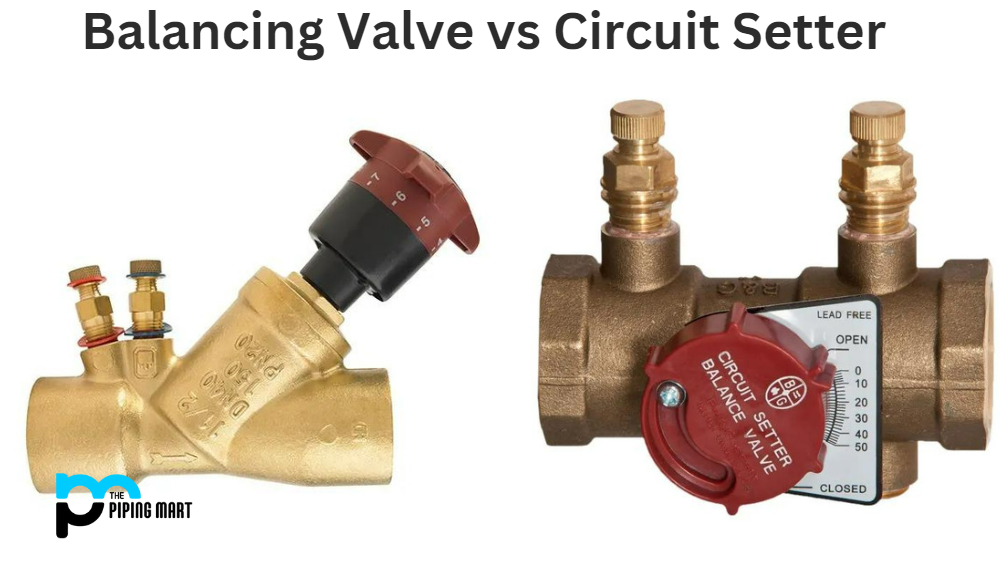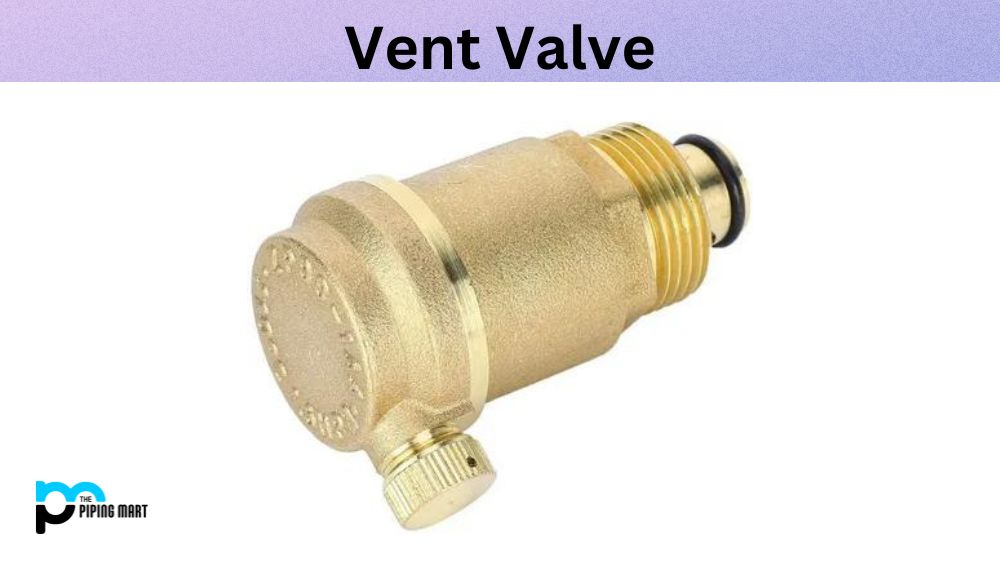In any building, whether commercial or residential, HVAC (Heating, Ventilation, and Air Conditioning) systems play a crucial role in creating a comfortable living and working environment. These systems require various components to be appropriately set up, including balancing valves and circuit setters. Balancing valves and circuit setters regulate water flow through HVAC systems and balance hot and cold water. However, there are differences between balancing valves and circuit setters; we’ll explore them in this article.
Difference Between Balancing Valve and Circuit Setter
Balancing valves and circuit setters serve similar purposes, regulating water flow in an HVAC system. However, balancing valves operate using a throttling mechanism that regulates the flow of water by reducing the opening of the valve. Balancing valves are essential in achieving optimal HVAC system performance by ensuring that hot and cold water flow rates are equal. They are instrumental in large-scale HVAC systems but can also be used in small-scale systems.
On the other hand, circuit setters use a reading mechanism to control the water flow through the HVAC system. They help to maintain a constant flow rate, regardless of fluctuations in pressure within the system. Circuit setters are designed to be an accurate and efficient way of controlling flow and can be used in both large and small-scale HVAC systems.
Despite the slight differences in operation, balancing valves and circuit setters have several benefits for HVAC systems
- They help to prevent overheating or underheating of an HVAC system. They ensure a consistent flow rate to keep the HVAC system working efficiently.
- They help prevent blockage in pipes by providing constant water flow, thus saving maintenance costs.
- They promote safety by preventing the formation of hot and cold zones within the HVAC system.
When choosing between balancing valves and circuit setters, the size and type of the HVAC system come into play. Large-scale systems are better suited for balancing valves, which can handle larger volumes of water and provide accurate pressure management. On the other hand, circuit setters are best suited for smaller-scale systems such as those used in residential buildings. They are relatively more straightforward to install and can offer effective flow control without sacrificing performance.
- A balancing valve controls water flow in a heating or cooling system.
- A circuit setter controls the water temperature in a heating or cooling system.
- Balancing valves are more accurate than circuit setters.
- Circuit setters are less expensive than balancing valves.
- Balancing valves can be used to control water flow in a single zone, while circuit setters can be used to control water temperature in multiple zones.
- Circuit setters are more likely to cause overheating or cooling problems than balancing valves.
- Balancing valves are easier to install than circuit setters.
- Circuit setters require regular maintenance while balancing valves do not
Conclusion
Balancing valves and circuit setters seem similar, but they work differently to regulate water flow in an HVAC system. Balancing valves provide accurate pressure management in larger HVAC systems, while circuit setters are better suited for smaller systems. Both valves have benefits, such as preventing blockages and ensuring efficient system performance. Choosing the correct valve for your HVAC system depends on the system’s size, type, and desired flow control, which will determine the optimal choice between balancing valves and circuit setters.

Pipingmart is a B2B portal that specializes in metal, industrial and piping items. Additionally, we share the latest information and information about materials, products and various types of grades to assist businesses that are involved in this business.




